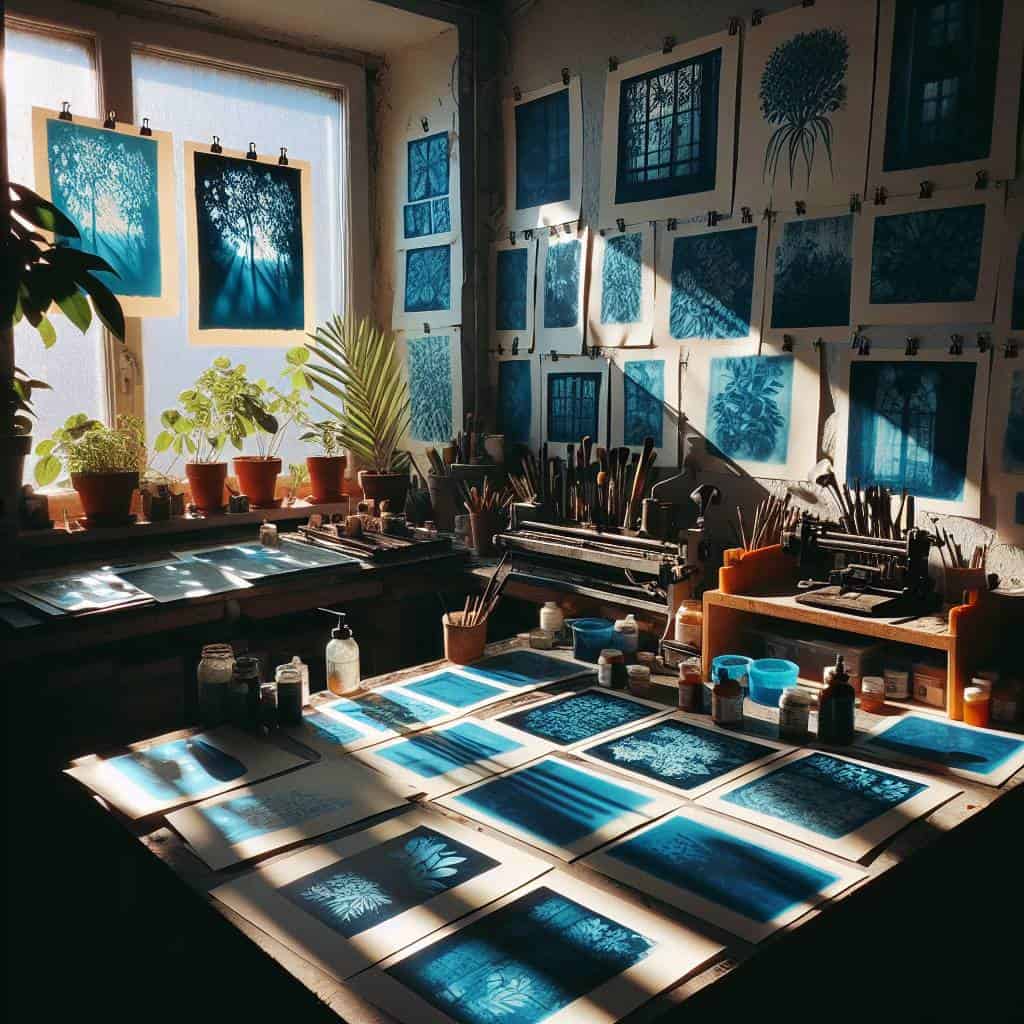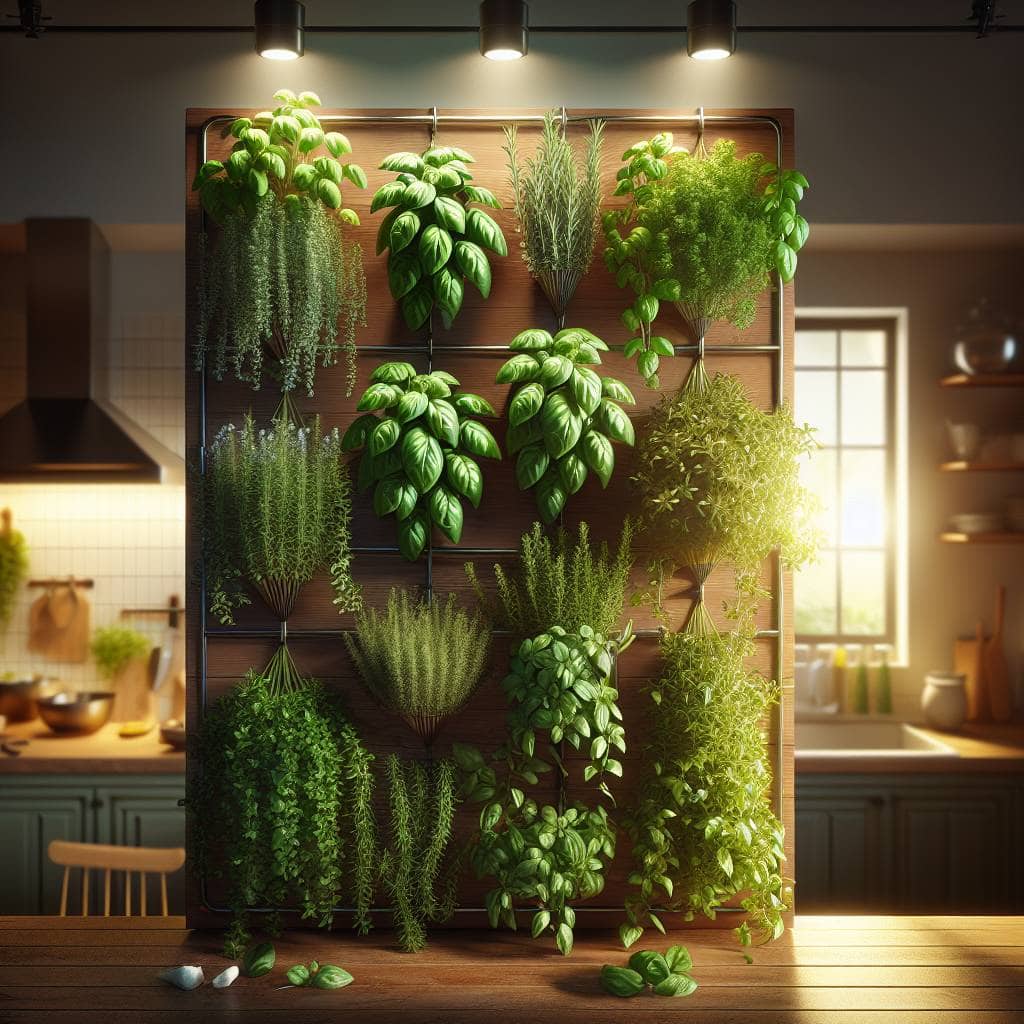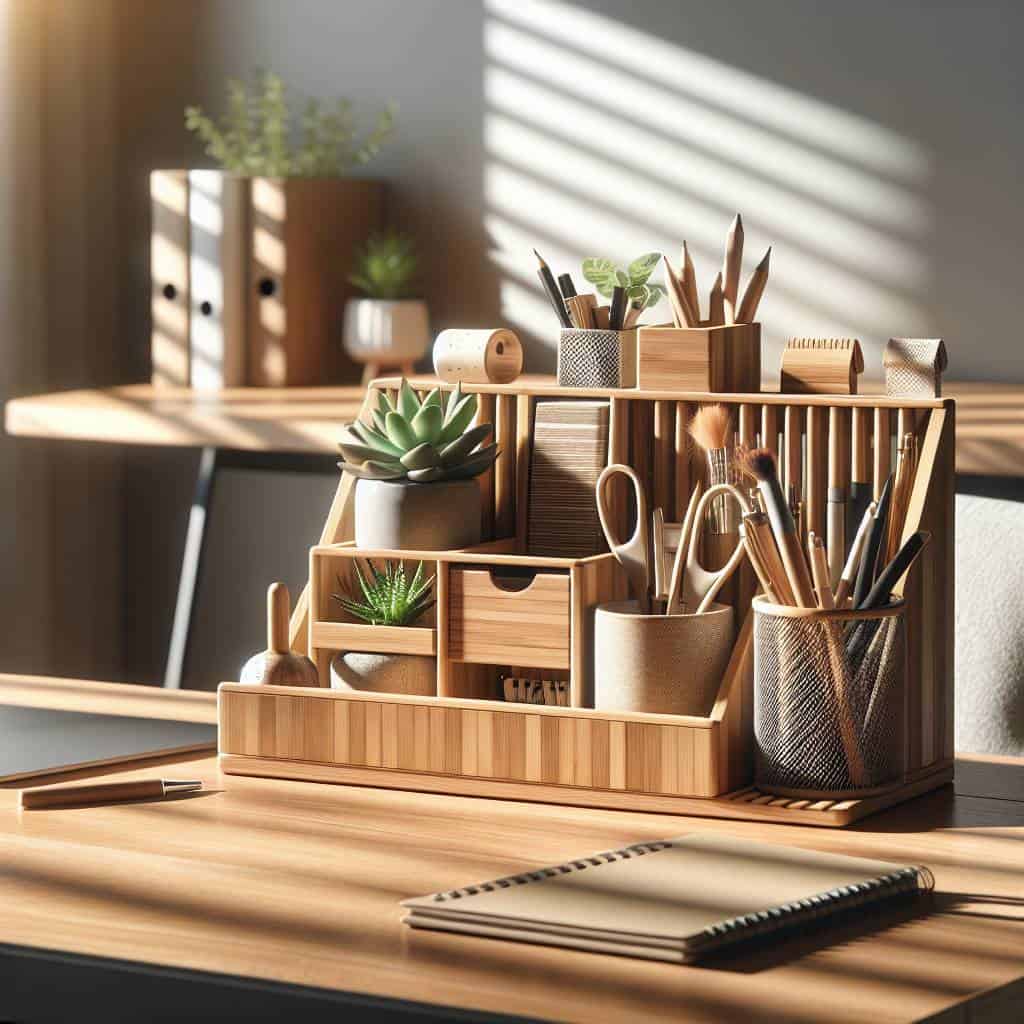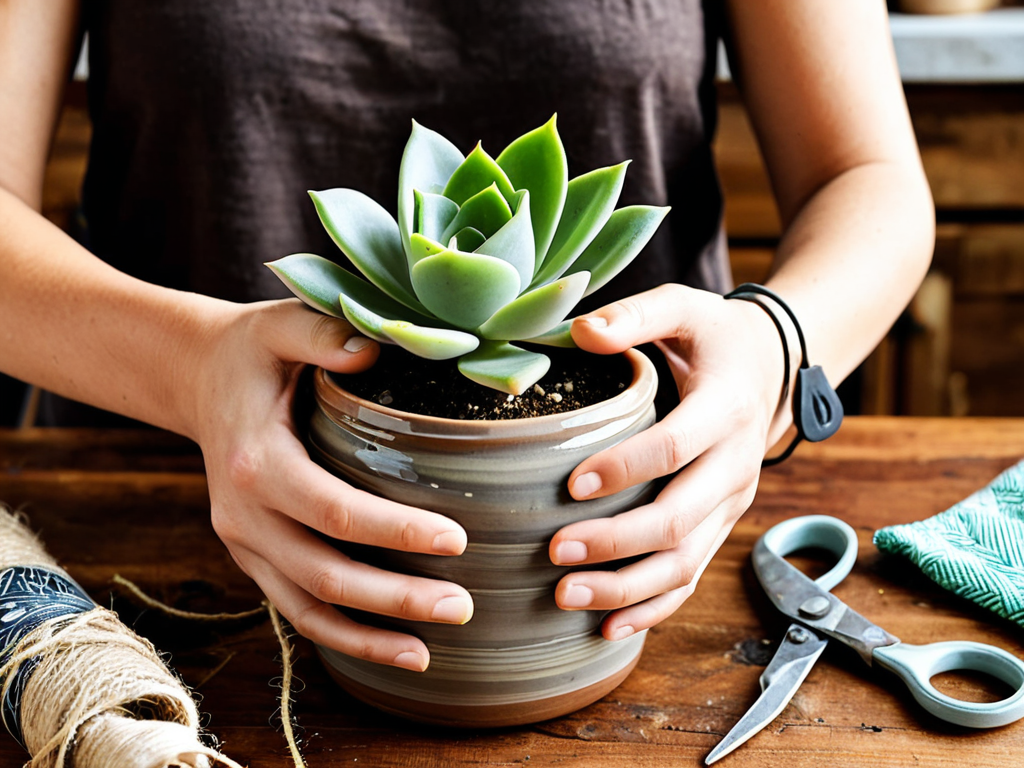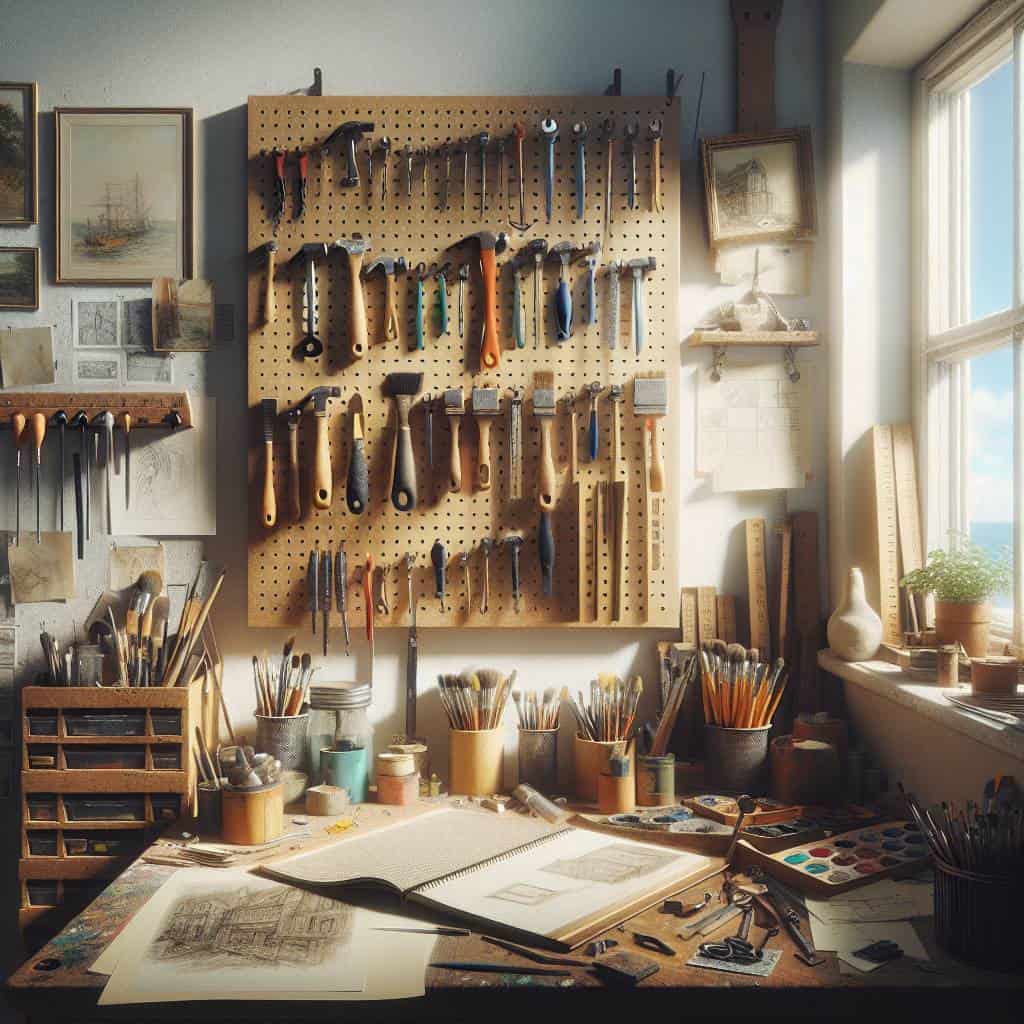There was a time I thought DIY meant “Do It Yourself” in the sense that you’d be doing yourself a favor. Turns out, with t-shirt printing, it means more like “Doomed If You Try”. My first attempt at homemade fashion was a catastrophic blend of fabric paint and misguided ambition. Picture this: a once-pristine white tee transformed into a Jackson Pollock reject. It was supposed to be a chic statement piece. Instead, it looked like a crime scene. But hey, if you’re anything like me, you know that failure is the first draft of success—or at least that’s what I tell myself while scrubbing paint off my kitchen table.
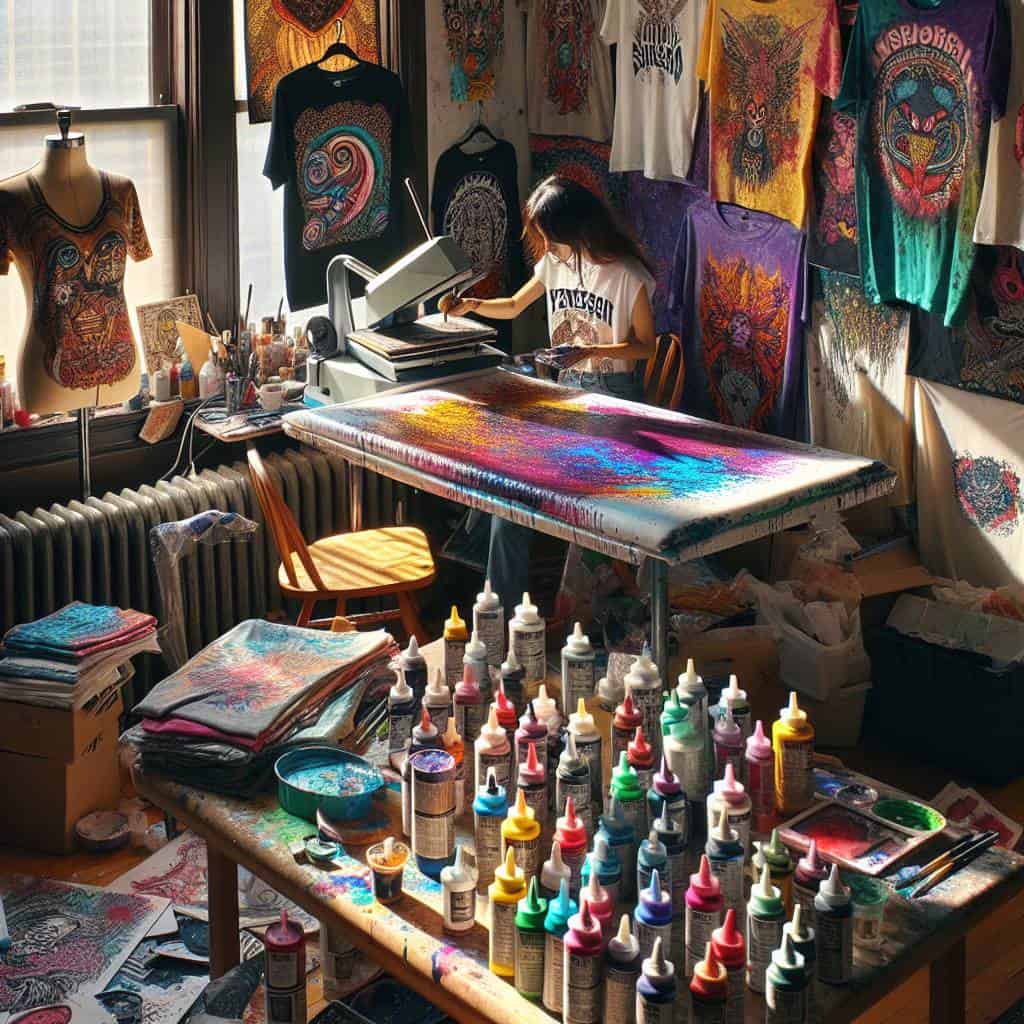
But let’s not wallow in past mishaps. You’re here because store-bought just doesn’t cut it anymore. You’re ready to dive into the murky waters of screen printing, iron-on transfers, and those magical moments where fabric paint might actually behave. In this article, we’ll navigate the chaos of creating custom tees at home. I’ll share the secrets, the shortcuts, and the inevitable slip-ups, all in the name of crafting something truly yours. Welcome to the world of DIY t-shirt printing, where the only limit is your imagination—and maybe your laundry skills.
Table of Contents
How My Screen Printing Dream Turned Into a Fabric Nightmare
When I embarked on my DIY t-shirt printing adventure, I envisioned a seamless journey from design to wearable art. The plan was simple: transform plain fabric into a canvas of vibrant creativity using the magic of screen printing. The process seemed straightforward enough. I had my screens, my squeegee, and a concoction of fabric paint ready to meet my designer’s touch. But reality, it seems, is a harsh critic. It started with a quest for the perfect t-shirt material—something that could absorb paint without bleeding my dreams into an unrecognizable blur. The options were endless, yet none seemed to cooperate with my vision. Cotton, polyester, blends—a cacophony of fabric types that each promised the world but delivered chaos.
The initial tests were promising. That is, until the moment of truth when my masterpiece met the washing machine. What emerged was a sad, faded echo of the original design, a ghost of the vibrant colors I had so meticulously applied. My screen printing dream was unraveling faster than the threads of the cheap fabric I had settled on. In a fit of desperation, I turned to iron-on transfers—a seemingly foolproof alternative. Yet, even these so-called saviors had their own set of demands: precise heat, perfect pressure. One wrong move, and my custom designs were doomed to peel away like the layers of my patience.
In the end, the fabric nightmare taught me more than I ever wanted to know about the fickle nature of DIY t-shirt printing. It’s not just about slapping paint on a shirt; it’s an art form that demands respect for each element involved. The wrong screen, the wrong paint, the wrong fabric—all potential saboteurs of your vision. But perhaps the greatest lesson was one of humility. Because, in the world of DIY, the line between dream and nightmare is as thin as the fabric you choose.
Threads of Authenticity
In the chaotic dance of screen printing and iron-on transfers, we find the raw beauty of imperfection; each fabric stroke is a testament to our relentless pursuit of individuality.
The Fabric of Creativity and Chaos
In the end, my foray into DIY t-shirt printing was less about the final product and more about the raw, unfiltered journey of creation. Each smudge of fabric paint, each crooked iron-on transfer, was a testament to embracing chaos. The screen at home became my battleground—a place where precision and messiness clashed gloriously, and I found myself somewhere in the middle, grappling with the duality of art and execution. I learned that the allure of custom designs isn’t just in the uniqueness of the outcome, but in the intimate dialogue between creator and canvas.
So, here I am, reflecting on this messy yet fulfilling endeavor. I realized that the real masterpiece wasn’t the t-shirt itself, but the process that unfolded with each brushstroke and each press of an iron. It was about defying the mundane, about refusing to let the constraints of pre-made fashion dictate my expression. In this chaotic dance of screen printing at home, where perfection was never guaranteed, I found a semblance of truth—my truth. And perhaps, that’s the most authentic fabric I could ever hope to create.
